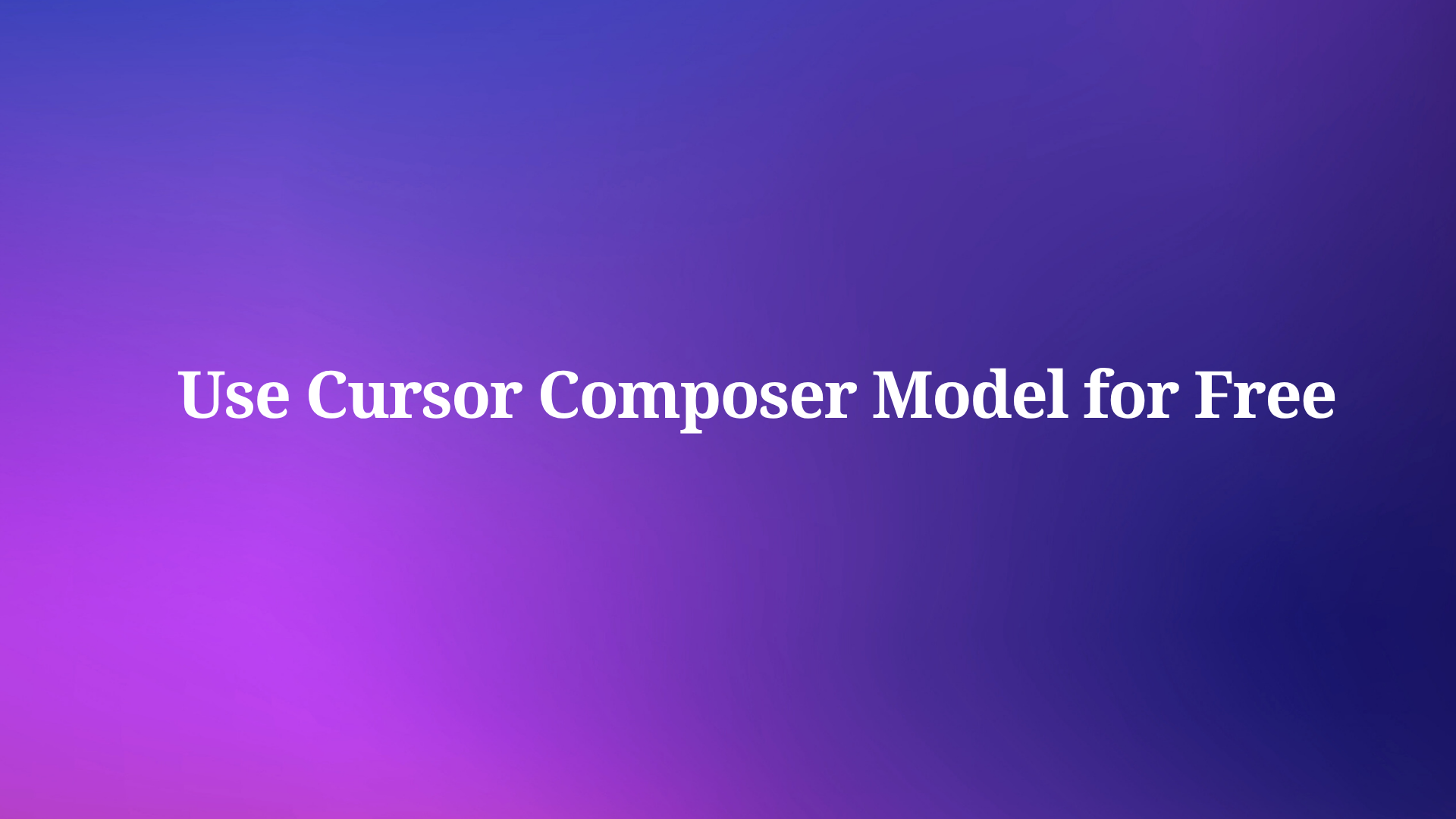Developers and AI enthusiasts constantly seek the latest advancements in large language models to push the boundaries of what software can achieve. Google has sparked widespread interest by quietly integrating Gemini 3.0 into its ecosystem through a shadow release, allowing early access without fanfare. This move enables users to experiment with enhanced features that outperform previous iterations in key areas like code generation and simulation.
What Defines Gemini 3.0?
Google engineers designed Gemini 3.0 as the next iteration of their multimodal AI model, building on the foundations of Gemini 1.0 and 2.0 series. The model processes text, images, code, and even video inputs with greater efficiency and accuracy. Unlike its predecessors, Gemini 3.0 incorporates advanced reasoning capabilities, enabling it to handle complex, multi-step problems in a single pass—often referred to as "one-shot" performance.
Technical specifications suggest Gemini 3.0 operates with an expanded parameter count, potentially exceeding 1 trillion in its Pro variant, which allows for deeper contextual understanding. This upgrade translates to faster inference times and reduced latency, critical for real-time applications. Moreover, the model excels in creative tasks, such as generating HTML/CSS code with embedded animations, by leveraging improved tokenization and attention mechanisms.
The Mechanics Behind the Shadow Release
Google employs shadow releases to test new features in production environments without alerting the broader user base. In this case, the company rolled out Gemini 3.0 by masking it under existing model selections in the Gemini mobile app. Users who select "Gemini 2.5 Pro" in Canvas mode unknowingly invoke Gemini 3.0 Pro, as confirmed through backend queries and output analysis.
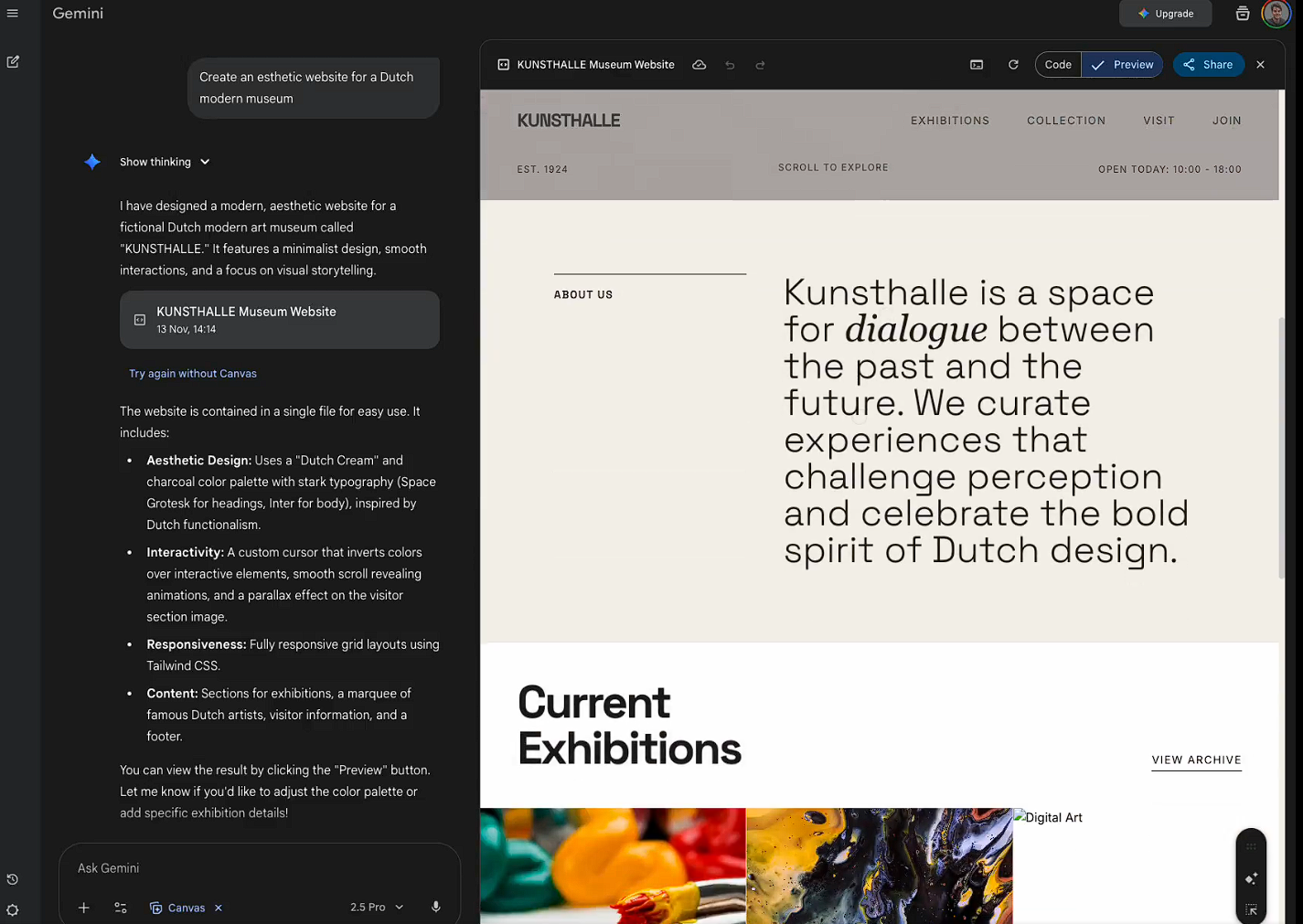
This strategy mitigates risks associated with full-scale launches, such as server overloads or undetected bugs. By limiting initial exposure to mobile users, Google gathers valuable telemetry data on performance metrics like response accuracy and computational load. Additionally, shadow releases facilitate A/B testing, where the system compares Gemini 3.0 outputs against older models in real time.
From a technical standpoint, the integration involves API endpoint rerouting. When users enable Canvas—a feature for interactive, visual prompting—the app redirects requests to Gemini 3.0 servers. This seamless switch ensures compatibility with existing interfaces while introducing enhancements. However, this approach also raises questions about transparency, as users might not realize they interact with an experimental version.
Reports from platforms like X indicate the shadow release began around November 13, 2025, coinciding with user discoveries of unexpected capabilities. For example, prompts that previously failed or required multiple revisions now succeed effortlessly. As a result, the community buzzes with speculation about an imminent official announcement, potentially aligning with Google's late 2025 timeline for Gemini advancements.
Step-by-Step Guide to Accessing Gemini 3.0 Now
You can access Gemini 3.0 immediately through the Gemini mobile app on Android or iOS devices. First, download or update the app from your respective store. Next, open the app and navigate to the settings menu to enable Canvas mode, which activates interactive canvases for enhanced prompting.
Once enabled, start a new conversation and select "Gemini 2.5 Pro" from the model dropdown. Although labeled as 2.5, this selection triggers Gemini 3.0 Pro in the backend during the shadow release phase. For the Flash variant, some users report similar behavior when choosing "Gemini 2.0 Flash."
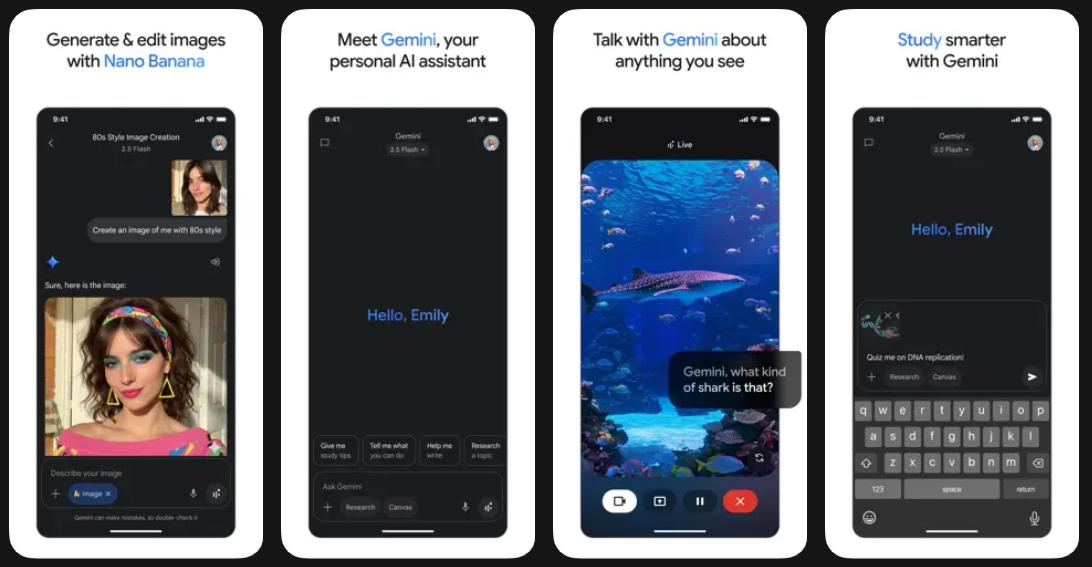
To verify, input a demanding prompt, such as generating a complex webpage or simulation. Monitor the output for hallmarks of Gemini 3.0, including smooth animations and non-deterministic elements. If you encounter limitations, switch to a web browser and use share links provided by early testers, like those demonstrating web designs.
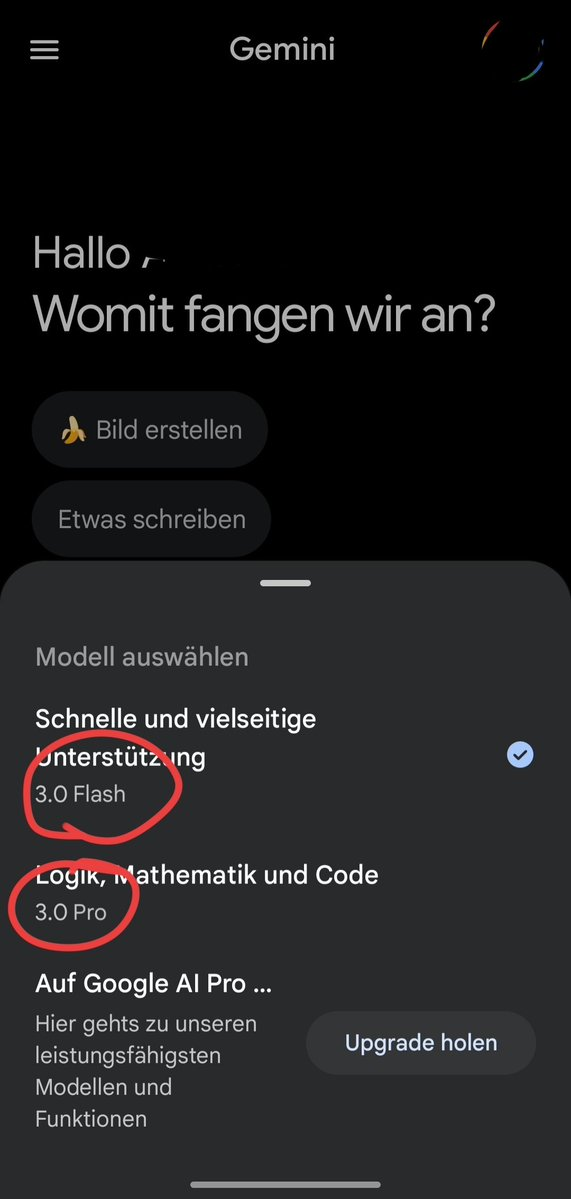
Developers integrating this into workflows should consider Apidog for API orchestration. Apidog allows you to mock endpoints, test responses, and document interactions, ensuring smooth adoption of Gemini 3.0 once official APIs become available. This tool proves invaluable for iterating on AI-driven projects without disrupting production environments.
Real-World Demonstrations of Gemini 3.0 Capabilities
Community members actively share examples that showcase Gemini 3.0's prowess. One standout case involves web development, where the model generates fully functional, creative designs in a single interaction.
Neo-Brutalist Webpage Creation
A user prompted Gemini 3.0 to "Make a neobrutalist webpage, make it extremely creative, as far as possible, push the limits. Add smooth scroll animations, add fancy colors and tailwind css styles. Make it responsive." The result? A vibrant, chaotic design featuring bold typography and gradient effects, exemplified by a site titled "UNHINGED" with the slogan "WE MAKE DIGITAL CHAOS."
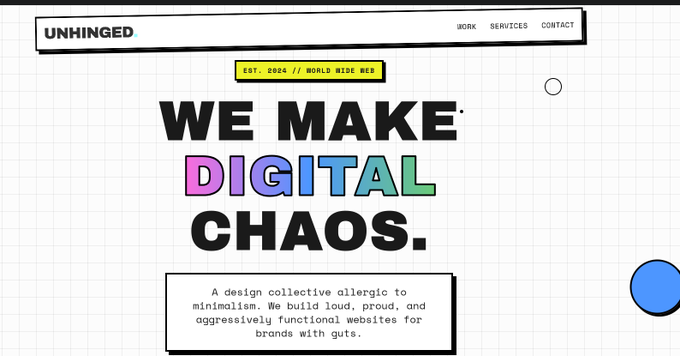

This output incorporates Tailwind CSS for styling, ensuring responsiveness across devices. The model added parallax scrolling and color transitions, elements that typically require manual coding. In contrast, earlier models like Gemini 2.5 often produced static pages lacking animation. Therefore, Gemini 3.0 reduces development time significantly, empowering designers to focus on innovation rather than implementation.
Advanced 3D Physics Simulations
Another demonstration highlights Gemini 3.0's simulation strengths.

Gemini 3.0 produced a functional 2D version first, then upgraded to 3D upon follow-up. The simulation accounts for gravity, momentum, and touch inputs, yielding varied outcomes based on interaction points. Compared to Claude Sonnet 4.5, which struggled with consistency, Gemini 3.0 delivered working code immediately. This capability stems from enhanced multimodal processing, where the model interprets spatial data and generates JavaScript with libraries like Three.js.
Broader Implications for Developers and the AI Landscape
Gemini 3.0's shadow release reshapes developer practices. It accelerates iteration in software engineering, where teams generate prototypes swiftly. For AI researchers, the model's reasoning depth opens avenues for exploring emergent behaviors, such as non-deterministic simulations.
In the broader AI ecosystem, this quiet rollout pressures competitors to innovate faster. Google gains an edge by collecting user data ethically, refining the model pre-launch. Moreover, tools like Apidog complement this by providing robust API management, allowing developers to experiment without overhead.
Ethical considerations arise, too. Shadow releases might obscure data usage, prompting calls for greater transparency. Still, the benefits—enhanced productivity and creativity—outweigh drawbacks for many.
Looking Ahead: The Official Gemini 3.0 Rollout
Google likely plans a formal Gemini 3.0 announcement soon, expanding access beyond mobile. Anticipated features include broader API support and integration with tools like Vertex AI. Until then, the shadow release offers a glimpse into its potential.
In summary, Gemini 3.0 transforms AI interactions through superior performance and accessibility. Users who access it now position themselves at the forefront of this evolution. As development tools evolve, incorporating Apidog ensures you maximize these advancements. Experiment today, and witness how subtle shifts in AI capabilities yield profound impacts.



